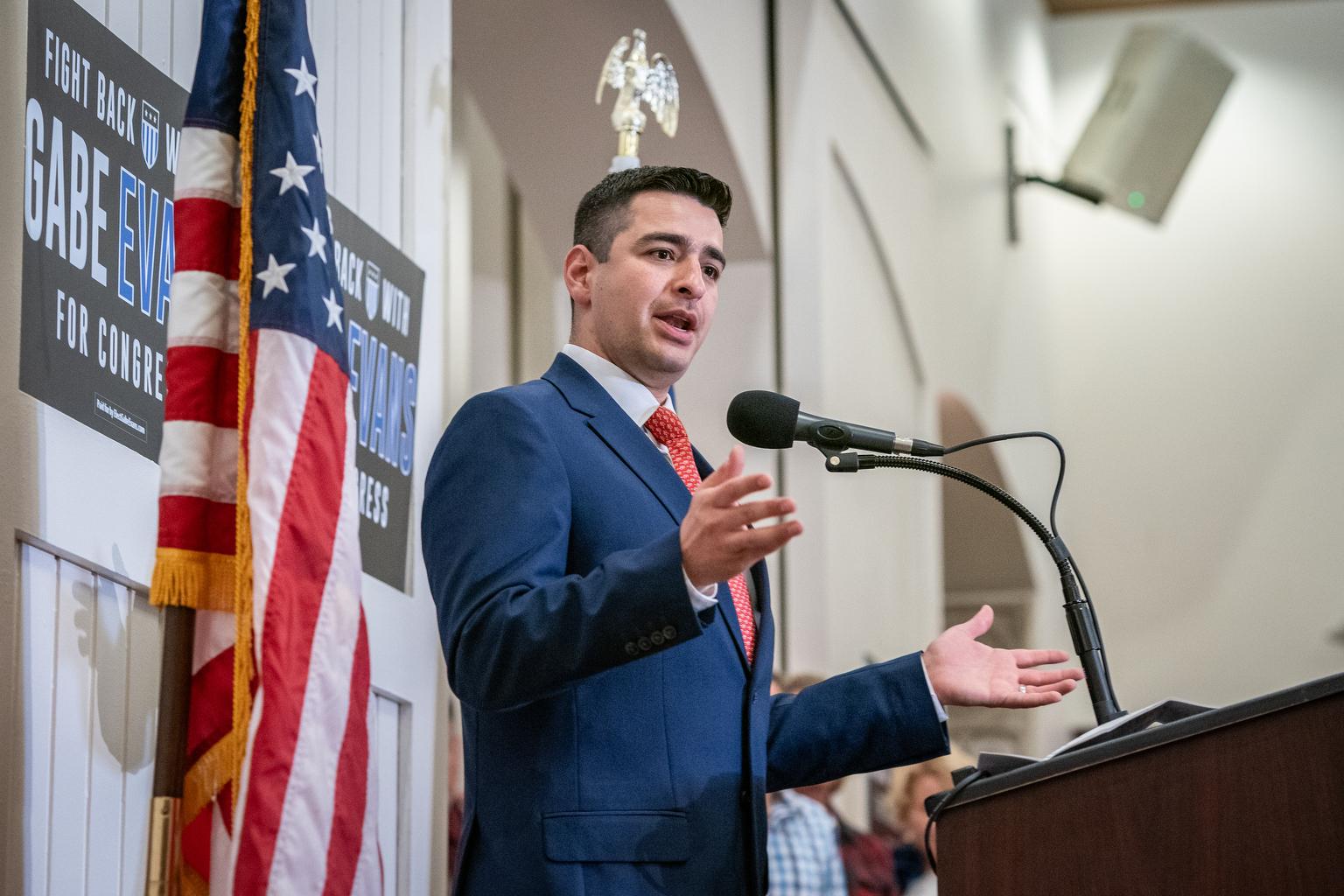Originally published on September 12, 2018 11:54 am
The National Park Service is giving museums and universities across the country grants to return ancestral artifacts and human remains taken from Native American tribes over the years.
Four institutions in Colorado and Utah received funding this year under the decades-old Native American Graves Protection and Repatriation Act. It requires that federally funded institutions consult with tribes about returning human remains and certain cultural items.
Jen Shannon is an associate professor in anthropology and curator of cultural anthropology at the University of Colorado Museum of Natural History, which received about $75,000 this year in NAGPRA funding. She says the grant will, in part, allow them to bring representatives from seven Apache nations to visit the museum next year and consult on Apache items.
“They will be reviewing the entire (Apache) collection that we have in our museum. That includes everything from baskets and bowls, dresses and bows and arrows, moccasins, clubs and masks, jars and baskets. You name it,” she says.
Shannon says the goal of this visit is to determine which objects are important for contemporary religious practices so that they can be returned and used.
“The purpose of the return of the items is for contemporary practice. It’s to support cultural continuity or perhaps the revival of certain ceremonial practices,” says Shannon, adding that many those practices were considered illegal until the American Indian Religious Freedom Act was passed in 1978.
History Colorado received $14,700 to give back 222 funerary objects taken from tribes between the late 1880s, up until as late as the 1980s. The University of Utah received about $13,700.

The Denver Museum of Nature and Science received almost $85,000 to study a large collection of artifacts and human remains that was excavated in New Mexico from sites that range in age from about 700 years old to 1,700 years old.
“As part of our moral, ethical and legal responsibilities we garnered these funds so we can go through that collection, find the human remains, find the funerary objects and so on and work with the tribes of the Southwest to get these folks their ancestors reburied,” says Steve Nash, senior curator of archaeology at the Denver Museum of Nature and Science.
He says after they’ve identified the number of remains and which funeral objects they were found with, they’ll meet in New Mexico with representatives from about 20 tribes to plan for reburials.
This story was produced by the Mountain West News Bureau, a collaboration between Wyoming Public Media, Boise State Public Radio in Idaho, Yellowstone Public Radio in Montana, KUER in Salt Lake City and KRCC and KUNC in Colorado.
Correction: A previous version of this article said that NAGPRA "requires that federally funded institutions return human remains and certain cultural items." The law does not explicitly require that remains or artifacts be returned; it requires that institutions consult with tribes about their return and return them if the tribes ask for them.
Copyright 2020 KUNC. To see more, visit KUNC.








